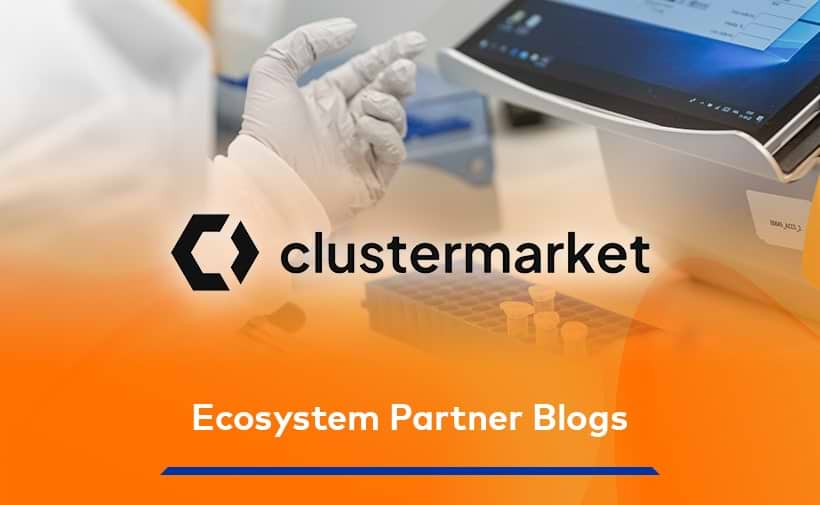The modern-day R&D laboratory should be a place of creativity and collaboration where experts from different fields meet to share ideas, methods, and successes. However, highly trained scientists are often pulled away from their research to carry out manual administration tasks and attend tedious reporting meetings. Not only does this cause frustration but it also decreases the operational capacity of the laboratory, introducing time and cost inefficiencies.
With the world going digital at an unprecedented pace, R&D laboratories are no exception to the digital transformation. From online project management and digital communications to remote-controlled instruments and automated reporting, there is a vast amount of digital solutions available to improve the workflows and optimize processes in a laboratory. With so many types of digital systems available, it can be difficult to cut through the clutter and find the tool that’s right for your business, therefore it is important to take time to evaluate them before choosing the best one for you.
Streamlining communications
In a fast-paced environment such as a research laboratory, communication is key. Most laboratories will have lab members working on multiple individual and group projects at the same time. Additionally, these projects will usually need access to the same equipment in the lab. This can oftentimes lead to confusion, disorganization, and shortage of resources resulting in project delays as well as frustration for the researchers. Scientists need to know when equipment is available to design their workflow, but complex booking forms and complicated budget sign-off can lead to delays and bottlenecks. While in-person communication is usually the norm, this can easily be streamlined with online communication that helps share any relevant updates with colleagues even when being away from the lab. From messaging tools such as Slack and Microsoft Teams for direct communications to sending messages and announcing breakdowns or maintenance in lab-specific software such as the Clustermarket instrument scheduling software, being able to inform colleagues in real-time whenever an issue arises can ensure there is no shortage of resources and all projects are planned efficiently.
Optimizing workflows
When it comes down to streamlining laboratory processes such as inventory, protocols, and scheduling of resources, many laboratories still rely on outdated methods such as notepads and spoken word. Even though these trusted methods have worked well in the past, in the digital age there are many more innovative solutions available to ease daily tasks and save workload.
Managing notes can be crucial for both project development as well as experiment replication and notepads are generally the most popular tool amongst researchers. The ELN is the perfect place to record the expansive creativity of early-stage R&D. Furthermore, ELNs provide the perfect space for team members to work together on projects, with the ability to assign tasks and track them through to completion.
Inventory management is also key to the modern R&D laboratory. The right resources must be available when and where they are needed. But, when systems are manual and there are multiple procurement procedures and personnel, it can be quick to run low on stock. Managing lab inventory effectively can be significant in reducing substantial costs and saving time, enabling you to run your lab efficiently and increase productivity. This is where lab inventory systems come into play, helping managers ensure any necessary resources are available when needed.
Improving utilization
Running an optimally efficient lab is every manager’s dream, and digital R&D technology can help achieve this with minimal manual admin work. From ensuring your inventory is up to date with a digital management system to digital notetaking available on your mobile device for easier access, these tools not only speed up the processes but also leave more time for researchers to conduct experiments. In addition to this, utilizing existing resources at their maximum capacity can ensure the laboratory is running at its best productivity. To make sure your instruments are not sitting idle, a scheduling system can come in handy. With digital software like Clustermarket you can avoid scheduling clashes if there are multiple researchers who want to use the same instrument as well as make sure the equipment is used not only in peak times but also in quieter times too. Reporting on equipment usage can also assist with future purchasing decisions. In addition to that, scheduling software helps ensure only trained users are allowed to book and use the instruments thus helping avoid unnecessary breakdowns and maintenance.
Smart asset monitoring – Internet-of-Things
Equipping your lab and your equipment with the right instruments will provide insights that improve the quality and reproducibility of the research that is done in the lab. Having the possibility to check real-time parameters, such as CO2 concentration and temperature of incubators, will decrease the number of sample losses and save time as manual checking is not required anymore. Receiving error messages from your instruments will enable ad-hoc fixes. Clustermarket has partnered up with Eppendorf to provide a holistic IoT device and lab management solution, where researchers have access to a wide variety of features such as remote monitoring and equipment scheduling. A seamless journey between both digital tools will enhance efficiency, good lab management practices and help avoid using multiple siloed software tools.

